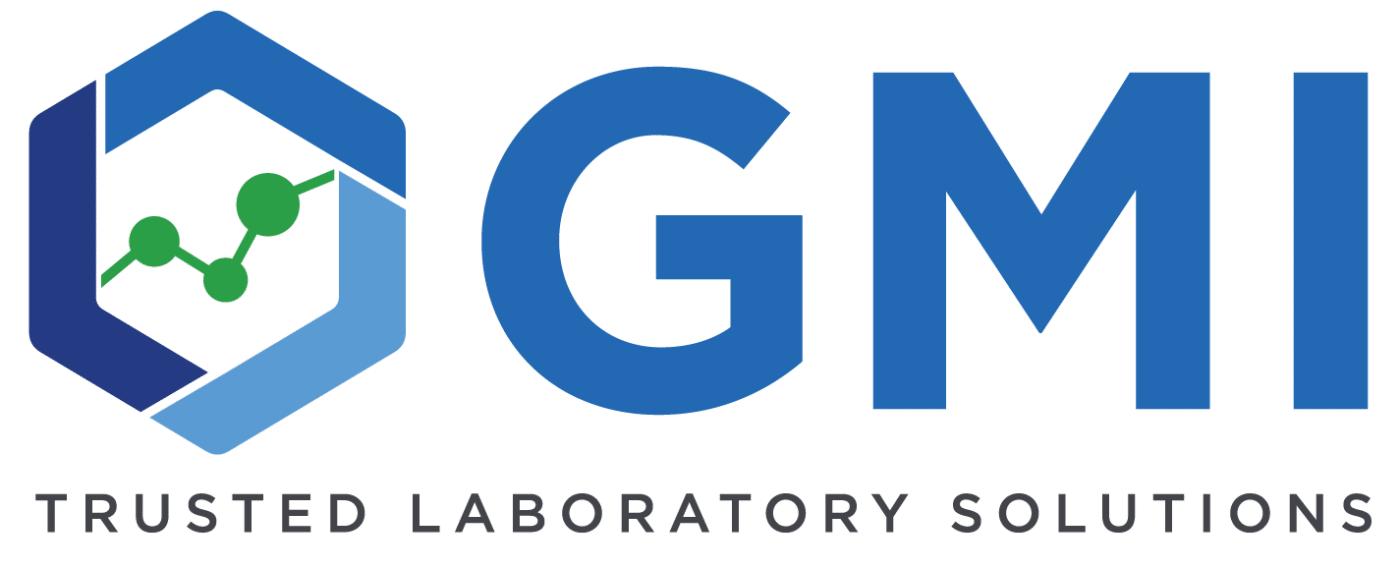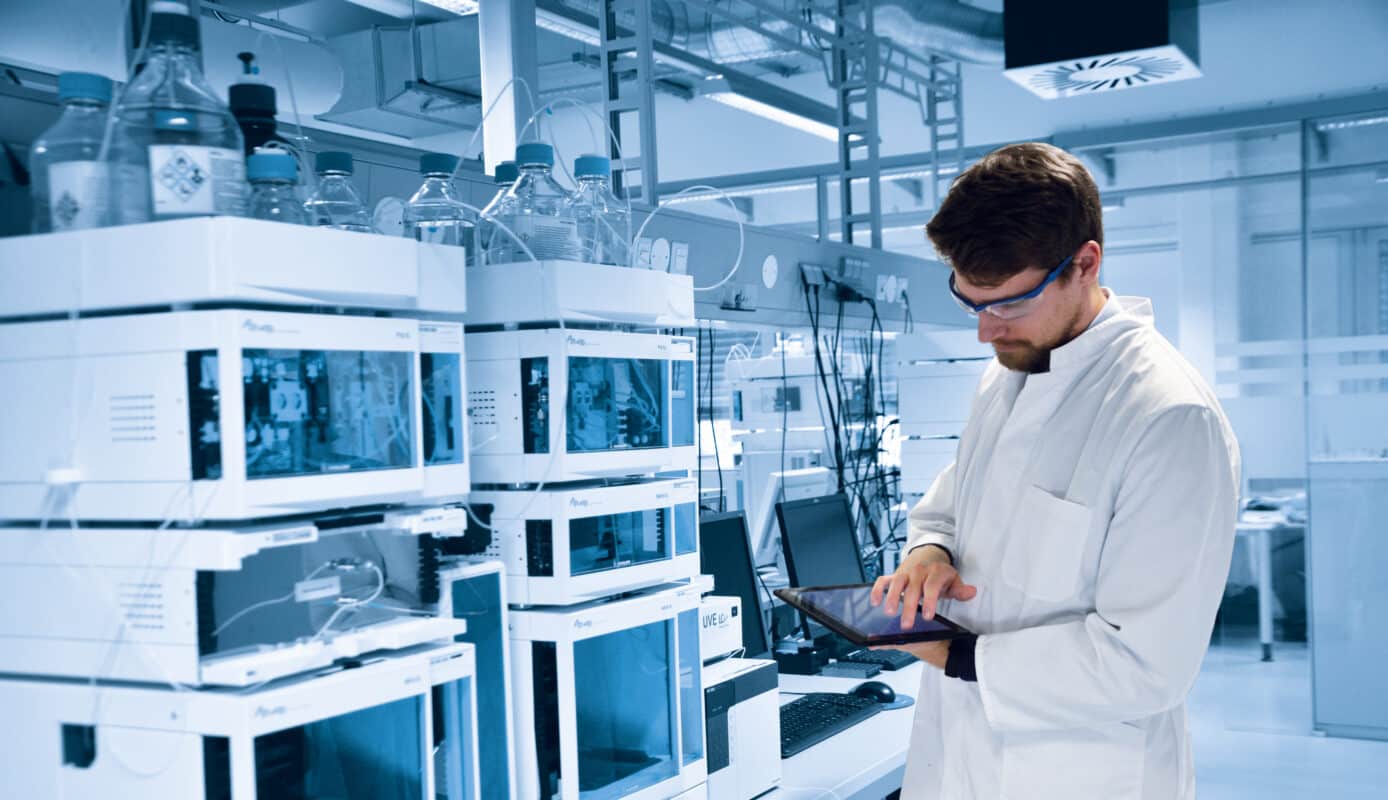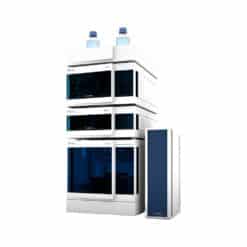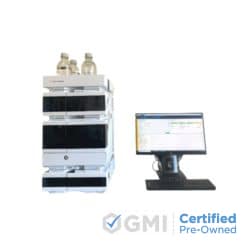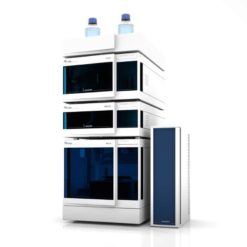No products in the cart.
HPLC, Chromatography
Exploring the Key Components of an HPLC System: A Comprehensive Guide
Introduction
High-Performance Liquid Chromatography (HPLC) is a powerful analytical technique used in various industries, including pharmaceuticals, environmental analysis, and food testing. An HPLC system has several essential components that work together to achieve accurate and reliable separations. In this blog post, we will delve into the key components of an HPLC system and explore their roles in ensuring optimal performance and precise results.
Pump
The pump is the heart of the HPLC system, responsible for delivering the mobile phase at a constant flow rate and pressure. It ensures a consistent and precise solvent delivery, essential for reproducible separations. Modern HPLC systems often feature advanced pump technologies, such as binary or quaternary pumps, which allow for precise gradient elution and flexibility in solvent selection.
Injector
The injector is responsible for introducing the sample into the HPLC system. It is crucial to have a precise and reproducible injection mechanism to ensure an accurate and consistent sample introduction. Automated injectors are commonly used, enabling precise sample volume injection and minimizing human error.
Column
The column is where the separation of sample components occurs. It consists of a stationary phase packed inside a stainless-steel tube. The choice of column and stationary phase is critical for achieving the desired separation. Columns are available in various dimensions, particle sizes, and chemistries, allowing for various applications and separation capabilities.
Detector
The detector monitors the eluent from the column and identifies and quantifies the analytes of interest. Different detectors are available for specific applications, including UV-Vis absorbance detectors, fluorescence detectors, refractive index detectors, and mass spectrometry detectors. The detector’s sensitivity, selectivity, and linearity are crucial in obtaining reliable and accurate results.
Data System
The data system is responsible for data acquisition, processing, and analysis. It provides a user-friendly interface to control and monitor the HPLC system, collect and store chromatographic data, and perform data analysis and reporting. Modern data systems often offer advanced features like automated peak integration, calibration curves, and customizable reporting options.
Schedule a free consultationConclusion
Understanding the key components of an HPLC system is essential for maximizing its performance and obtaining reliable results. Each component, from the pump and injector to the column, detector, and data system, is crucial in achieving accurate and reproducible separations. By selecting high-quality components and ensuring proper maintenance and calibration, scientists can confidently utilize HPLC as a powerful analytical tool in their research and analysis.
At GMI, we offer various HPLC systems and components to meet diverse analytical needs. Consult with our technical experts to find the ideal solution for your HPLC requirements.
